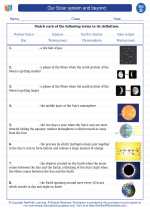Transportation Technology
Transportation technology refers to the tools, systems, and methods used to move people and goods from one place to another. It encompasses various modes of transportation, including land, water, and air travel, as well as the infrastructure and technologies that support these systems.
Land Transportation
Land transportation technologies include vehicles such as cars, buses, trains, and bicycles. These vehicles utilize engines, motors, and wheels to move on roads, tracks, or pathways. The development of land transportation technology has led to the creation of highways, railways, and urban transit systems, which have significantly impacted human mobility and economic development.
Water Transportation
Water transportation involves the movement of people and goods by water using various vessels, such as ships, boats, and ferries. Water transportation technologies have evolved from traditional sailing vessels to modern cargo ships and passenger liners. Ports, harbors, and navigational systems are essential components of water transportation infrastructure.
Air Transportation
Air transportation technology enables the movement of passengers and cargo through the air using aircraft such as airplanes, helicopters, and drones. Airports, air traffic control systems, and aircraft design and manufacturing are integral to the advancement of air transportation technology.
Study Guide
- What are the different modes of transportation included in transportation technology?
- Explain the role of infrastructure in supporting transportation systems.
- How has transportation technology impacted human mobility and economic development?
- Describe the key components of land, water, and air transportation technologies.
- Discuss the evolution of transportation technology from traditional methods to modern advancements.
Understanding transportation technology is essential for comprehending the interconnectedness of the modern world and the ways in which societies and economies depend on efficient transportation systems.
.◂Science Worksheets and Study Guides Fourth Grade. Our Solar system and beyond
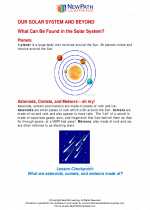
 Worksheet/Answer key
Worksheet/Answer key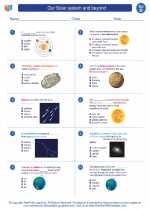
 Worksheet/Answer key
Worksheet/Answer key
 Worksheet/Answer key
Worksheet/Answer key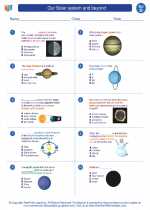
 Vocabulary/Answer key
Vocabulary/Answer key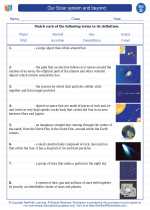
 Vocabulary/Answer key
Vocabulary/Answer key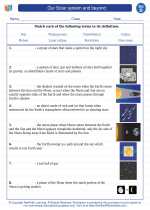
 Vocabulary/Answer key
Vocabulary/Answer key